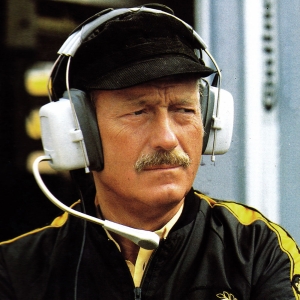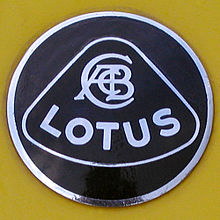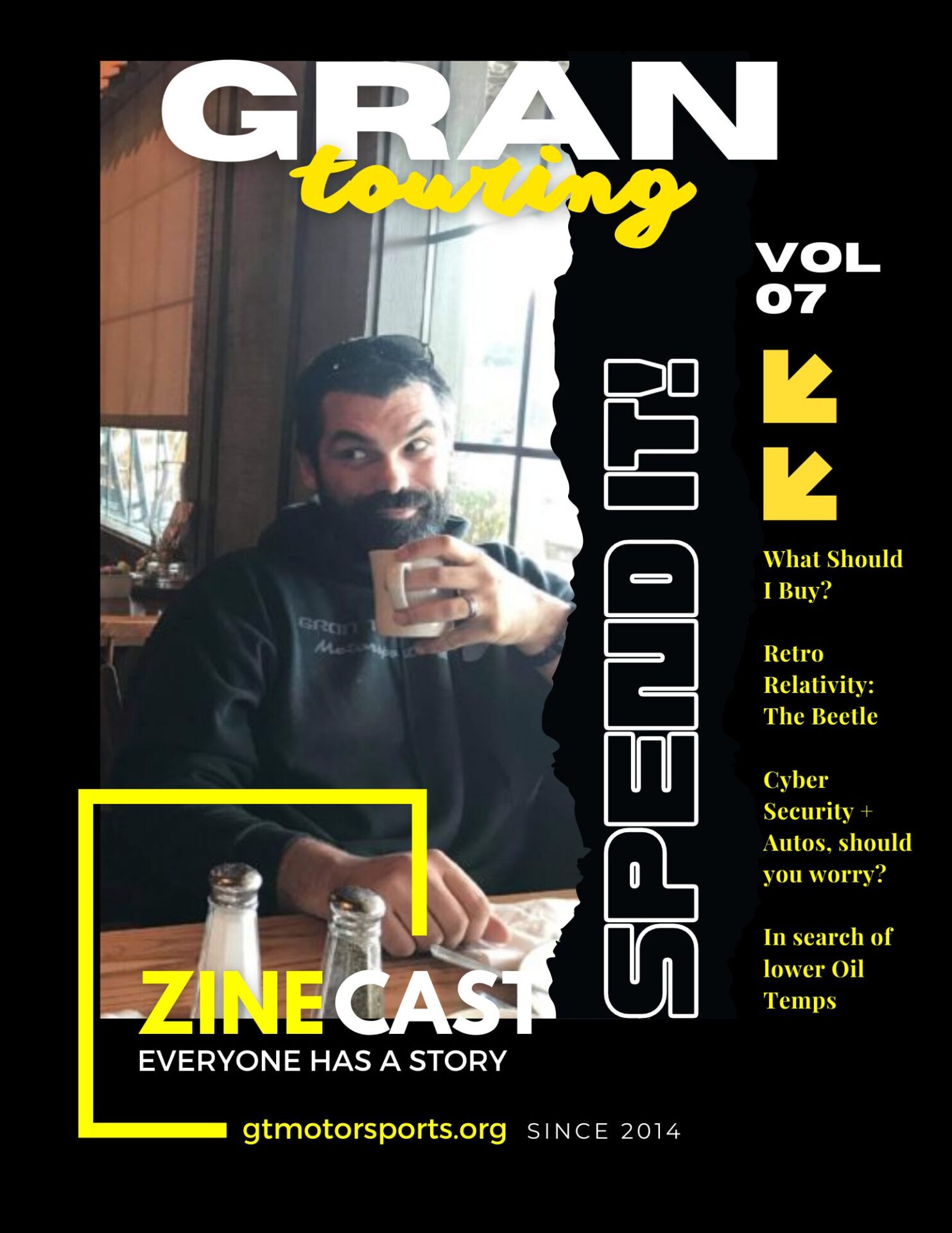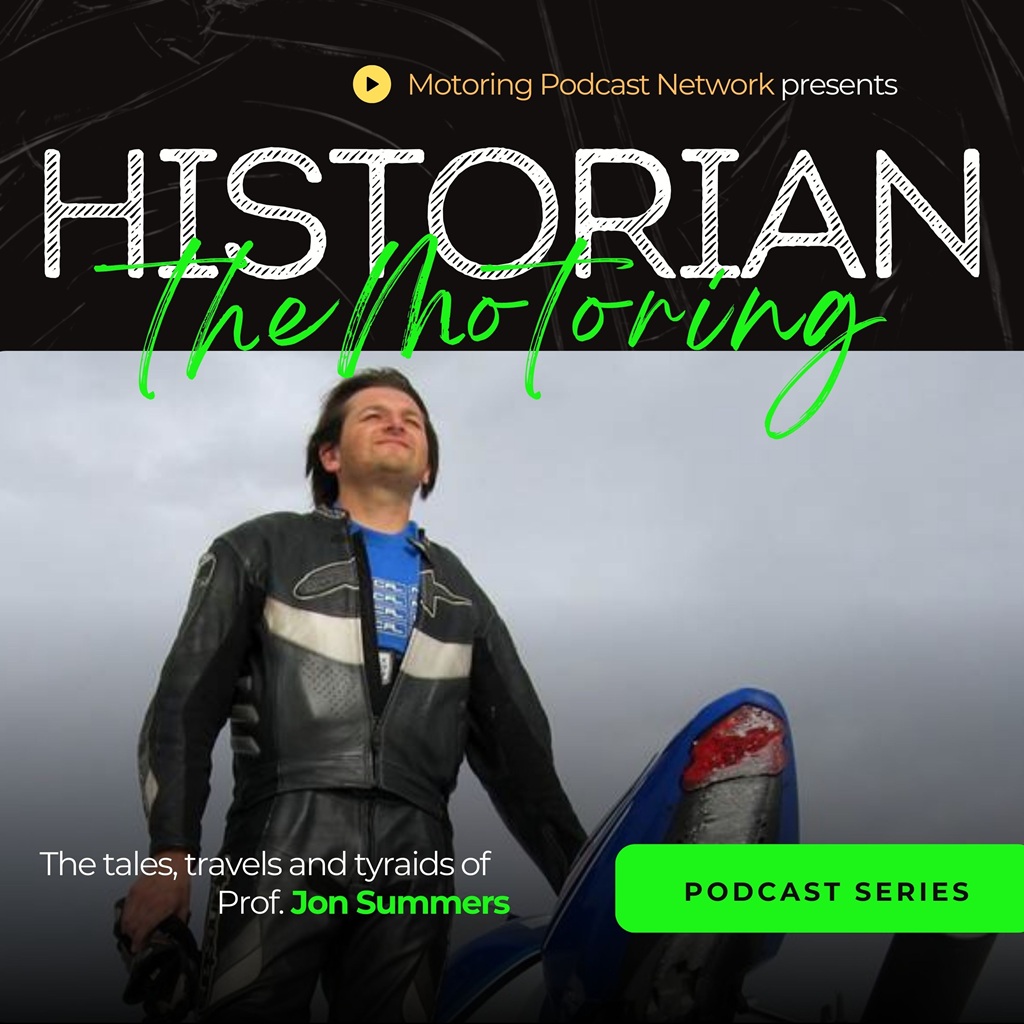Unlike other historical accounts, this book jumps right in. It’s 1945-ish, and Colin is off to college. His area of expertise is “civil engineering” and much like Dallara, Chapman becomes obsessed with aeronautics and even enlists with the RAF. After a chance visit to a [Time] Trials event near the RAF base, he immediately took an interest in modifying cars, especially using techniques he learned in aircraft design. In the early days Champman spent a lot time modifying Austins, but quickly realized he wanted more, and started to design his own vehicles… said in a James May voice… and by now, you’re off to sleep I take it.
I could go on-and-on-and-on… as does the book – But I am going to spare you rest of the TL:DR 380 pages and just say this book is a chore to read through. As biographies go, it was written a few years after Chapman’s death in 1982; so the stories and memories recounted by the biographer (Gerard ‘Jabby’ Crombac) are still fresh. Everything feels very day-to-day as well as race-by-race which makes sense considering Gerard is a journalist – which also means many of the particulars must come from extensive note taking. Despite all the detail there are still some items that seem to be left out almost as an assumption for the reader. And let’s face it, the only people reading this probably already knew the surrounding details pretty well, allowing them to fill in the gaps. It is important to note that the book is chock-full of technical details and #secretsauce that any avid classic car historian would swoon over. As an added bonus, there is plenty of “inside baseball” disclosed with respect to the operations of Lotus at that time.
For most of us, reading this some 30+ years later as a casual bedtime story is akin to deciphering Ancient Egyptian while you wait for NyQuil to kick in – thankfully the author did include lots of pictures! So here’s what I’ll do, instead of waxing poetic about Colin Chapman for the next 1000 words, I’m going to list out the most important things you should know about Colin Champman + Lotus (from the book) and leave all the remaining trivial drama and techno jargon behind to discover on your own.
- Chapman’s full name is “Anthony Colin Bruce Champman” – which happens to coincide with the letters you see on the Lotus insignia (below) – born 1928, in England.

- The Why/Where/When and How Chapman came up with or decided upon the name Lotus (for Lotus Cars, Lotus Engineering, etc) is still a mystery to this day. But the name was used from the very beginnings of his work.
- Chapman was married to Hazel Williams in 1954 (28 years; although they had been dating since the mid-’40s). He had two daughters and one son, Clive Chapman, who currently runs Classic Team Lotus, offering restoration, maintenance and operation of historic Team Lotus Formula One cars.
- The early days of Lotus Engineering was housed in a series of “sheds” which they called a factory until a fully functional factory would be setup years later at RAF Hethel, in Norfolk, England. Trivia: Top Gear “Test Track” (Dunsfold Aerodrome) was designed by Lotus, mimicking their test track at RAF Hethel!

- Lotus Cars all have a “type number”; Racing cars are only known by their numbers (ie: Lotus 25, 29, etc.); whereas Street cars carry names starting with the letter “E” – for example: Elite, Elcat, Europa, Elan, Esprit, Elise, Exige, Evora, etc. Very early Lotus’ were known as Mk-# (1-10 using roman numerals) up to the Lotus Eleven (the number “11” was not used #itscomplicated).

- Chapman pioneered the use of struts in rear suspensions in the late ’50s. Even today, struts used in the rear of a vehicle are known as “Chapman Struts” – Note: Chapman struts are virtually identical to the ones used on the front which you and I know as “MacPherson Struts” that were invented 10 years earlier in 1949 – however, the mounting position/geometry makes the patent somehow unique. #itscomplicated.
- Chapman popularized the “monocoque chassis” vehicle design with the 1962 Lotus 25 Formula-1 car.
- When American racing driver Dan Gurney first saw the Lotus 25 at the Dutch Grand Prix at Zandvoort, he was so struck by the advanced design that he invited Chapman to the 1962 Indianapolis 500. The Lotus 29 debuted at Indianapolis in 1963, with Jim Clark finishing second. Lotus would return in 1965 to win the Indy 500 with Jim Clark becoming the first non-American winner of the Indianapolis 500 since 1916.
- Inspired by Jim Hall, Chapman was among those who helped introduce aerodynamics into Formula-1 car design. Lotus introduced the concept of positive aerodynamic downforce, through the addition of wings, at a Tasman Formula race in early 1968.
- Chapman, working with Tony Rudd and Peter Wright, pioneered the first Formula-1 use of “ground effects”, where a low pressure area is created under the car by use of venturis, generating suction (downforce) which held the car securely to the track while cornering.
- The Lotus 7 was the most popular and longest running Lotus vehicle manufactured during Chapman’s run of the company. The car has been made famous the world over as a sports icon. The rights to the 7 were sold to Caterham in 1957, where the vehicle was produced until 1972.

- Both Mike Costin and Keith Duckworth (of Cosworth Engineering) were close to and even worked for Chapman for some time; and were instrumental in developing many of the components and engines that helped Lotus win so many races.
- Sadly, SIX – Formula 1 drivers have died behind the wheel of a Lotus: Alan Stacey during the 1960 Belgian GP, Ricardo Rodriguez during practice for the 1962 Mexican GP, Gary Hocking during practice for the non-championship 1962 Natal GP, Jochen Rindt during practice for the 1970 Italian GP, Ronnie Peterson at the start of the 1978 Italian GP (died in hospital from injuries), and F1 World Champion Jim Clark was killed in a Lotus F2 car at Hockenheim in 1968.
- From 1978 until his death, Chapman was involved with the famed GM designer John Z. DeLorean, in his development of a stainless steel sports car (the DMC-12), to be built in a factory in Northern Ireland which was majority-funded by the British government and … we all know how that one ended 😉 #itscomplicated.
- One of Chapman’s last major technical innovations was a dual-chassis Formula-1 car, the Lotus 88 in 1981.
- Colin Chapman died in 1982 from heart failure, at only 54 years old.

Well that about wraps it up – Chapman was nothing less than a genius and his cunning ability to push the rules until they were rewritten against him (and Lotus) really did help drive sports cars into another dimension compared to Lotus’ competitors (and predecessors). Lotus was a fury of evolution, from one design to another, year-after-year. From mad scientist-like sketches that were mapped out on pub napkins to breathe taking masterpieces on the track, what Chapman was able to create in his short time with us, was nothing short of amazing!
If you’re an avid history buff, then this book is definitely for you. The technical detail is tremendous and would probably make for a great documentary series – but if you don’t have that kind of time, I highly recommend taking a shortcut and checking out the cliff’s notes version of “Chapman + Lotus” – on Wikipedia.
Until next time. #neverstoplearning.

























